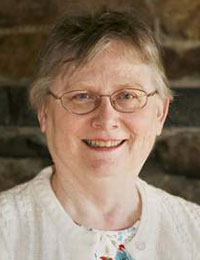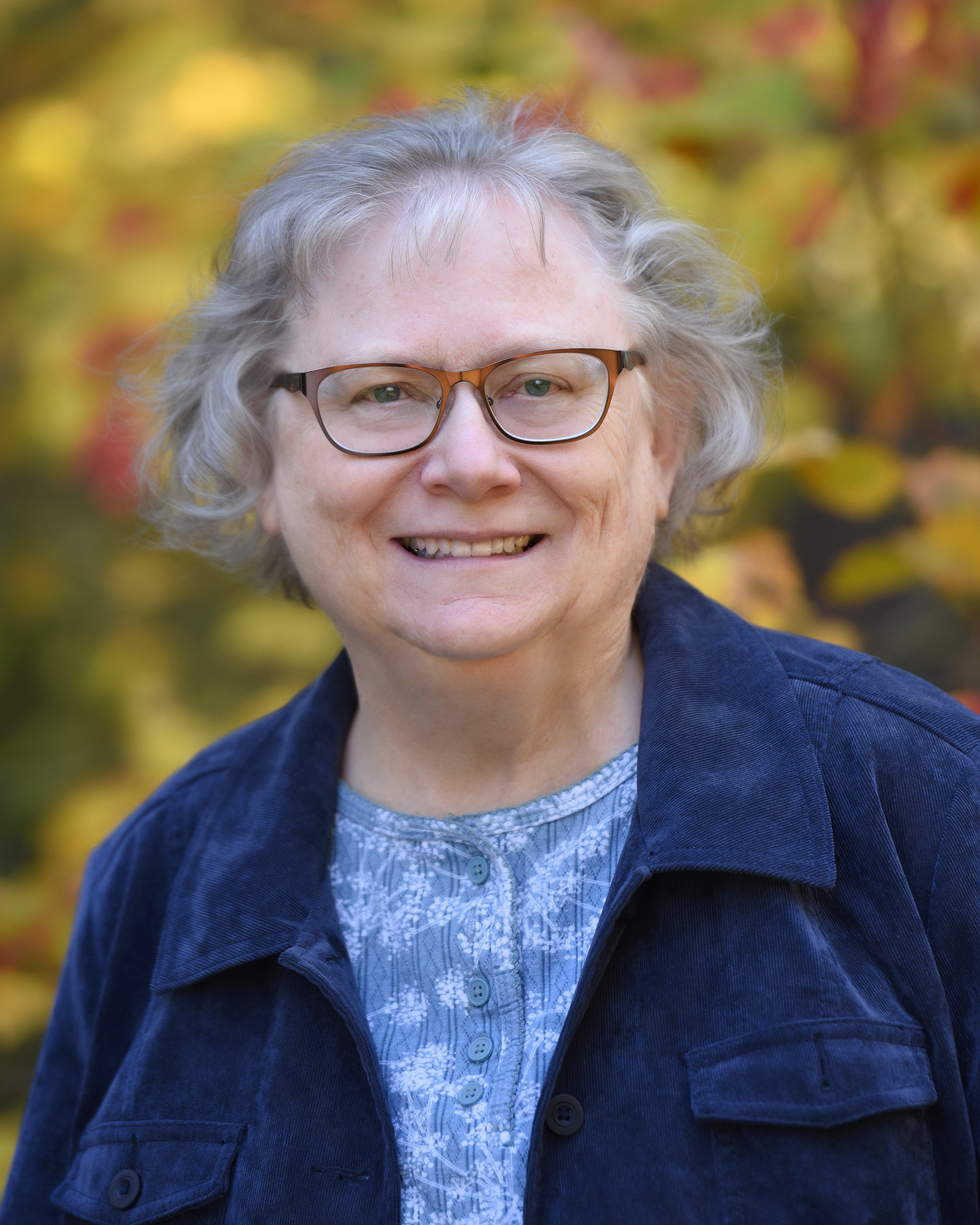 A master mason can “butter” a brick and add it to a straight and true wall in a matter of seconds. He learns to do this through repeated practice, laying thousands of bricks in hundreds of walls.
A master mason can “butter” a brick and add it to a straight and true wall in a matter of seconds. He learns to do this through repeated practice, laying thousands of bricks in hundreds of walls.
In genealogy we deal with bricks that we call primary, secondary, and circumstantial evidence. A house made entirely of primary bricks is the strongest, but those bricks are often hard to find and expensive. Most of us have houses made from primary and secondary bricks that are perfectly sound. A house of only secondary bricks is substandard to modern building code. Circumstantial bricks are kept for building flying buttresses to hold up wobbly walls.
When we begin genealogy, we usually pick up whatever bricks and stones we can find and plop them on our wall. It doesn’t take long, however, for us to discover the wall is tipsy or crumbling. As we gain experience, we learn to check our bricks for cracks and flaws before adding to the wall. This is critical analysis.
Learning to properly analyze the material we use for our genealogical house is a matter of repeated trial and error for most of us, and we’ve all experienced structural failures. Along the way, we develop a sense of when things are not quite right, a set of red flags that warn us of danger ahead. We need to heed those warning signs.
As an example from my own experience: an applicant to a hereditary society had found an eligible descendant whose name was the same as the applicant’s ancestor. Encouraged by several circumstantial coincidences, the applicant had become convinced that the two men were the same. Although we could not prove they were not the same, we pointed to several “red flags” – including geographic leaps, age discrepancies, and absence of legal records that should have existed. The applicant firmly believed in his conclusions and did not understand why we were asking unnecessary questions. Undertaking further research to prove who was right, he eventually disproved his own conclusions and discovered why these warning signs deserve respect.
I am eagerly awaiting the Spring/Summer publication of Robert Charles Anderson’s new Elements of Genealogical Analysis and expect that my copy will be dog-eared very soon. In future posts, I’ll share the “red flags” that I have developed over the years, and I expect we all will have good discussions about this complex but essential tool for genealogists.
Share this:

About Alicia Crane Williams
Alicia Crane Williams, FASG, Lead Genealogist of Early Families of New England Study Project, has compiled and edited numerous important genealogical publications including The Mayflower Descendant and the Alden Family “Silver Book” Five Generations project of the Mayflower Society. Most recently, she is the author of the 2017 edition of The Babson Genealogy, 1606-2017, Descendants of Thomas and Isabel Babson who first arrived in Salem, Massachusetts, in 1637. Alicia has served as Historian of the Massachusetts Society of Mayflower Descendants, Assistant Historian General at the General Society of Mayflower Descendants, and as Genealogist of the Alden Kindred of America. She earned a bachelor’s degree from the University of Connecticut and a master’s degree in History from Northeastern University.View all posts by Alicia Crane Williams →